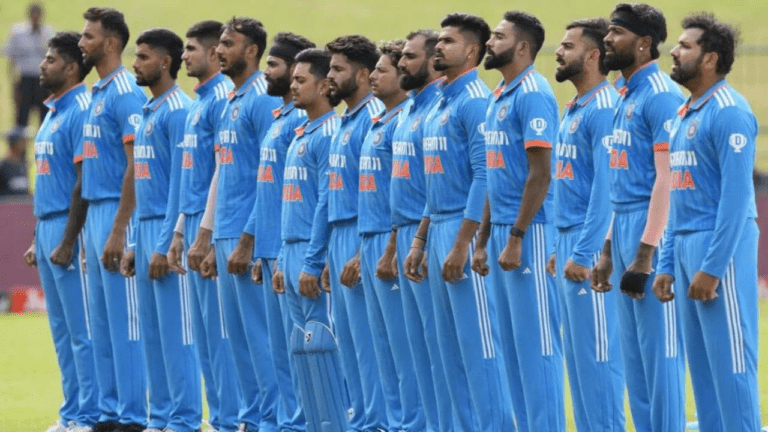Cultural Significance of IPL: A Socio-cultural Analysis
Allpaanel, 11xPlay: The idea of the Indian Premier League (IPL) was conceptualized in 2008 by the Board of Control for Cricket in India (BCCI) as a response to the growing popularity of T20 cricket worldwide. A combination of the thrill of T20 cricket and the entertainment industry was seen as a winning formula to attract a wider audience, both nationally and internationally.
The IPL was envisioned as a platform that would bring together top cricketing talent from around the globe and provide them with an opportunity to showcase their skills in a competitive and high-octane format. With a focus on innovation and technology, the IPL aimed to revolutionize the way cricket was played and consumed, setting new standards for cricket leagues globally.
Historical Evolution of IPL
The Indian Premier League (IPL) burst onto the cricketing scene in 2008, revolutionizing the way the sport was perceived in India and around the world. The brainchild of the Board of Control for Cricket in India (BCCI), it aimed to bring together high-octane cricket, entertainment, and commerce under one roof.
From its inception, the IPL embraced a franchise model, a departure from the traditional setup of state-based teams. This format injected a new level of excitement as renowned cricketers from different nations came together to play for cities like Mumbai, Kolkata, and Bangalore. The introduction of cheerleaders, famous Bollywood owners, and glamorous after-match parties added an element of showbiz to the tournament, attracting a wider fan base beyond just cricket aficionados.
Impact of IPL on Indian Society
The Indian Premier League (IPL) has undeniably left a profound impact on Indian society since its inception. From bringing families and friends together to watch matches, to igniting fervent discussions and debates in offices and social gatherings, the IPL has become more than just a cricket tournament. It has seamlessly woven itself into the social fabric of the country, transcending barriers of age, gender, and social status.
The IPL has also been instrumental in propelling young talent from small towns and cities onto the national stage, inspiring a new generation of cricketers in India. The league has not only provided a platform for emerging players to showcase their skills but has also brought them into the limelight, making them household names overnight. This has not only bolstered the cricketing landscape of the country but has also injected a sense of hope and aspiration among aspiring athletes across India.







